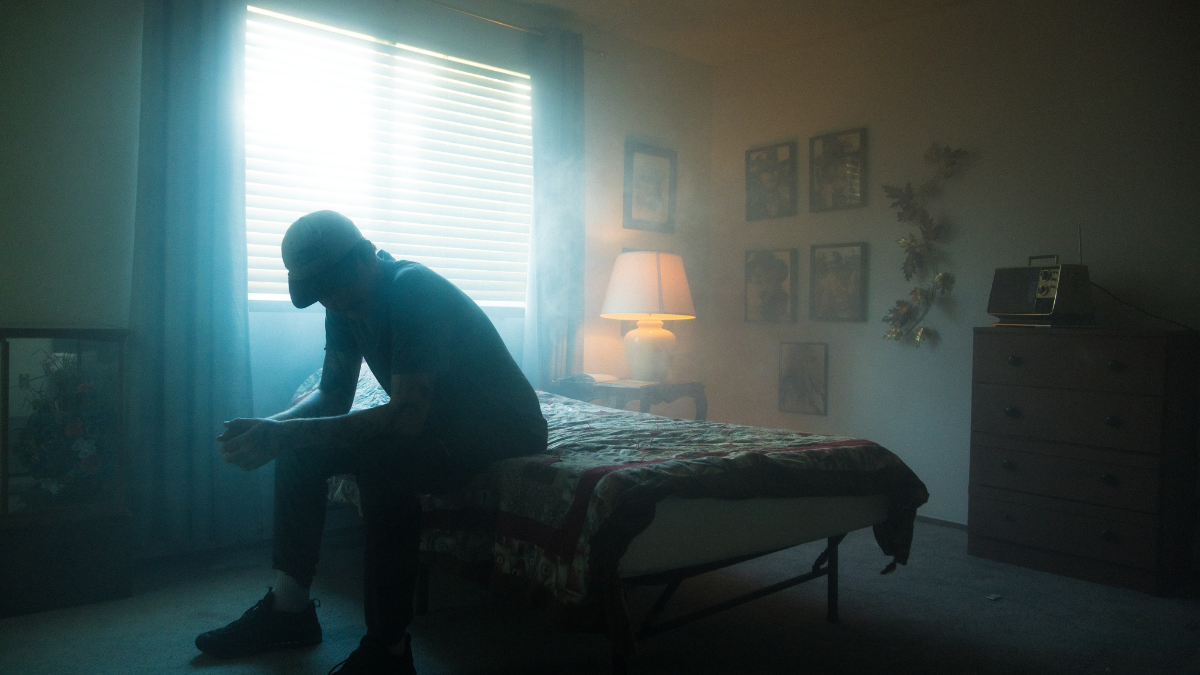

Suicide Rates at All-Time High
There are many pressing reasons why the world is the most broken in this prosperous time, but Christ has the final word on our despair.
09/13/23
John Stonestreet Timothy D Padgett

According to the Associated Press, nearly 50,000 people committed suicide last year, an absolute record in terms of raw numbers and the highest rate in nearly a century. Though, as one scholar noted, there’s always the chance that the numbers are up on account of better reporting, that doesn’t explain the consistent increase in these numbers over the last two decades. Something is broken in the United States, and it’s us.
Why, in the most prosperous time to be alive in human history, do so many think that they would be better off dead? Nor do these numbers about suicide tell the complete story. Along with the dramatic increase in substance-abuse-related deaths, particularly opioids, deaths related to alcohol abuse and other addictions, and the suicide-by-slaughter of mass shootings, we face an outbreak of what is being called “deaths of despair.”
Some of this could be the result of an increasingly vitriolic cultural environment. After all, it is hard to be hopeful when everyone is yelling at everyone else. Students in particular are victims of the ubiquity of smartphones and their amoral algorithms. And although the economy has, over the same period, seen incredible expansion overall, places like the Rust Belt now mirror the frustrations of inner cities as industries disappear along with opportunities for meaningful labor.
In addition to these structural concerns, we’re also living downstream from particularly destructive ideas. For decades, American society has been steadily stripped of those meaning-making stories that made it, specifically the religious framing that placed our lives as part of something bigger. For even longer, we’ve been telling ourselves that transcendent things like truth, beauty, and goodness are imaginary, and that we are nothing more than matter in motion on a “pale blue dot” adrift in the heavens.
The more recent orthodoxies of Critical Theory preach self-loathing as the only means of salvation, while at the tail end of the sexual revolution, our identities have been uprooted, tethered only to what we feel and are willing to self-determine. In the process, we’ve created a culture of victimhood, much of it fabricated, and have positioned it as the goal of life.
All of this is a powerful recipe for social and individual instability, but that’s not all. Voices of the state and media have, in the last several years, marketed suicide as a positive choice, the final solution to life’s problems, and the final expression of autonomy and, thus, dignity. A growing number of U.S. states and the nation of Canada have embraced and now sell suicide to their citizens, using the language of “medical assistance.” Though what they provide is neither. Argued with language of autonomy and avoiding suffering, the end result is always more death. By making it an option, we’ve made suicide more likely.
All this weighs most of all upon our neighbors and friends struggling with mental illnesses. In a culture broken and enmeshed by meaninglessness, double damage is done to these hurting souls. If we hope to prevent our neighbors from dying too soon, we’ll first have to help them answer the question: “What is there to live for?”. A life without meaning will remain empty, no matter how much we try to fill it with prosperity, status, technological gadgets, “autonomy,” infinite choice, and distraction.
To borrow from Thomas Aquinas, an increasingly secular culture removes any real conviction we have that it’s even possible to “share in the goodness of God.” Thus, it’ll take the Church, both as an institution and as individuals, to reach those who are hurting. Remaining open to our own pains and struggles, we can place them within a larger framework of meaning and hope. Christians, too, battle with despair but while knowing it will not have the final word. Christ does, so hope does.
To better prepare to offer this hope in this fragile moment, please consider our “Hope Always” course featuring Dr. Matthew Sleeth. This course is available online, can be accessed anytime, and can be studied alone or as part of a community committed to providing healing to hurting neighbors. Go to educators.colsoncenter.org for more information.
This Breakpoint was co-authored by Dr. Timothy Padgett. For more resources to live like a Christian in this cultural moment, go to breakpoint.org.
Have a Follow-up Question?
Up
Next

Related Content

© Copyright 2020, All Rights Reserved.













